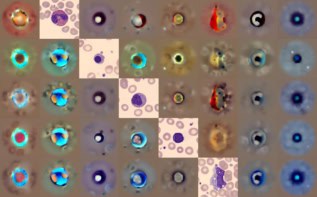
Researchers at the University of Edinburgh in the UK have built a prototype “hairy robotic gripper” that is inspired by the hairs found on ant jaws.
Ants are not only excellent nest builders but are also expert foragers, able to carry food and other items that can be many times their own weight.
Part of that ability lies in their powerful jaws, with snap-jaw ants able to close their mandibles at a top speed of 400 kmph.
Ant jaws also feature small hairs that are used to sense items but also to mechanically stabilise their grip on the objects.
Edinburgh researchers filmed ants and the sequence of movements they do when picking up seeds and other things. They then used this to build a robot gripper.
The device consists of two aluminium plates that each contain four rows of “hairs” made from thermoplastic polyurethane.
The hairs are 20 mm long and 1 mm in diameter, protruding in a v-shape. This allowing the hairs to surround circular objects, which can be particularly difficult to grasp and hold onto using parallel plates.
In tests picking up 30 different household items including a jam jar and shampoo bottle (see video), adding hairs to the gripper increased the prototype’s grasp success rate from 64% to 90%.
The researchers think that such a device could be used in environmental clean-up as well as in construction and agriculture.
Barbara Webb from the University of Edinburgh, who led the research, says the work is “just the first step”.
“Now we can see how [ants’] antennae, front legs and jaws combine to sense, manipulate, grasp and move objects – for instance, we’ve discovered how much ants rely on their front legs to get objects in position,” she adds. “This will inform further development of our technology.”



